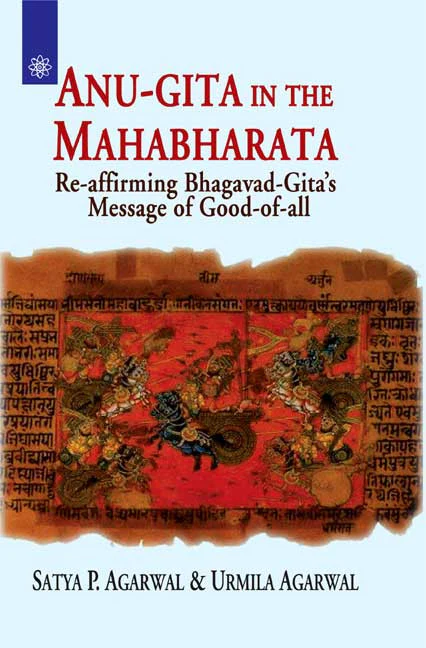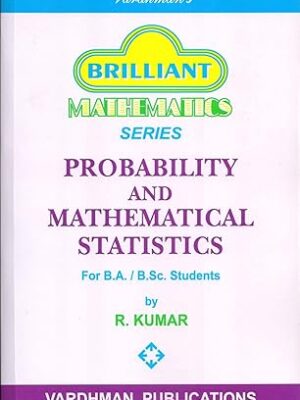Description
The purpose of writing this book is to make available to English-knowing readers, an easyto-read version of Anu-Gita. Although Anu-Gita is an important part of the Maha-bharata, it has so far not been presented in a simple form to common people, with the result that most people do not even
know that such a book exists. The prefix ‘Anu’ denotes ‘after’, so Anu-Gita literally means ‘Gita occuring after’. In the Mahabharata, Bhagavat-Gita occurs in Parva No. 14. (In all, there are 18 Parvas in the Mahabharata).
It is well known that the Gita was taught by Lord Krishna to Arjuna on the battle field of
Kuruksetra. So it was a time of crisis at the time of Anu-Gita. In fact, the Mahabharata war was over and peace was established in the Kingdom, under the rule of Yudhisthira (whom every one including Arjuna supported).
But the format of Anu-Gita is different from that of the Gita. In the Gita, there was dialogue between Krishna and Arjuna. On the other hand, in Anu-Gita, Krishna makes use of three ancient
dialogues. Because of this, Anu-Gita has a lot of repetitions, which have made it longer than the
Gita. For example, Anu-Gita has thirty-six chapters (compared to eighteen chapters in the Gita), and 1040 shlokas (compared to 700 shlokas in the Gita). In order to present Anu-Gita in an easy-to-read version, the authors have omitted the repetitions, and have selected 400 shlokas. But they have retained all the main teachings of Anu-Gita.
Most people (even in India) have not heard the name of Anu-Gita. This is so because, although Anu-Gita is an important part of the Mahabharata, no scholarly study of it, in a simple language, has so far been published. This gap will be filled by this pioneering book, which explains under what circumstances was the Gita taught by Lord Krishna to Arjuna, for the second time. This book is divided into two parts. Part I presents the Sanskrit-shlokas of Anu-Gita, along with their translation in simple English. Part II explains the main points of similarity, as well as dissimilarity, between Gita and Anu-Gita.









 Jyotish Ratnakar
Jyotish Ratnakar  Statistics for B.A./B.Sc. Students
Statistics for B.A./B.Sc. Students
Reviews
There are no reviews yet.